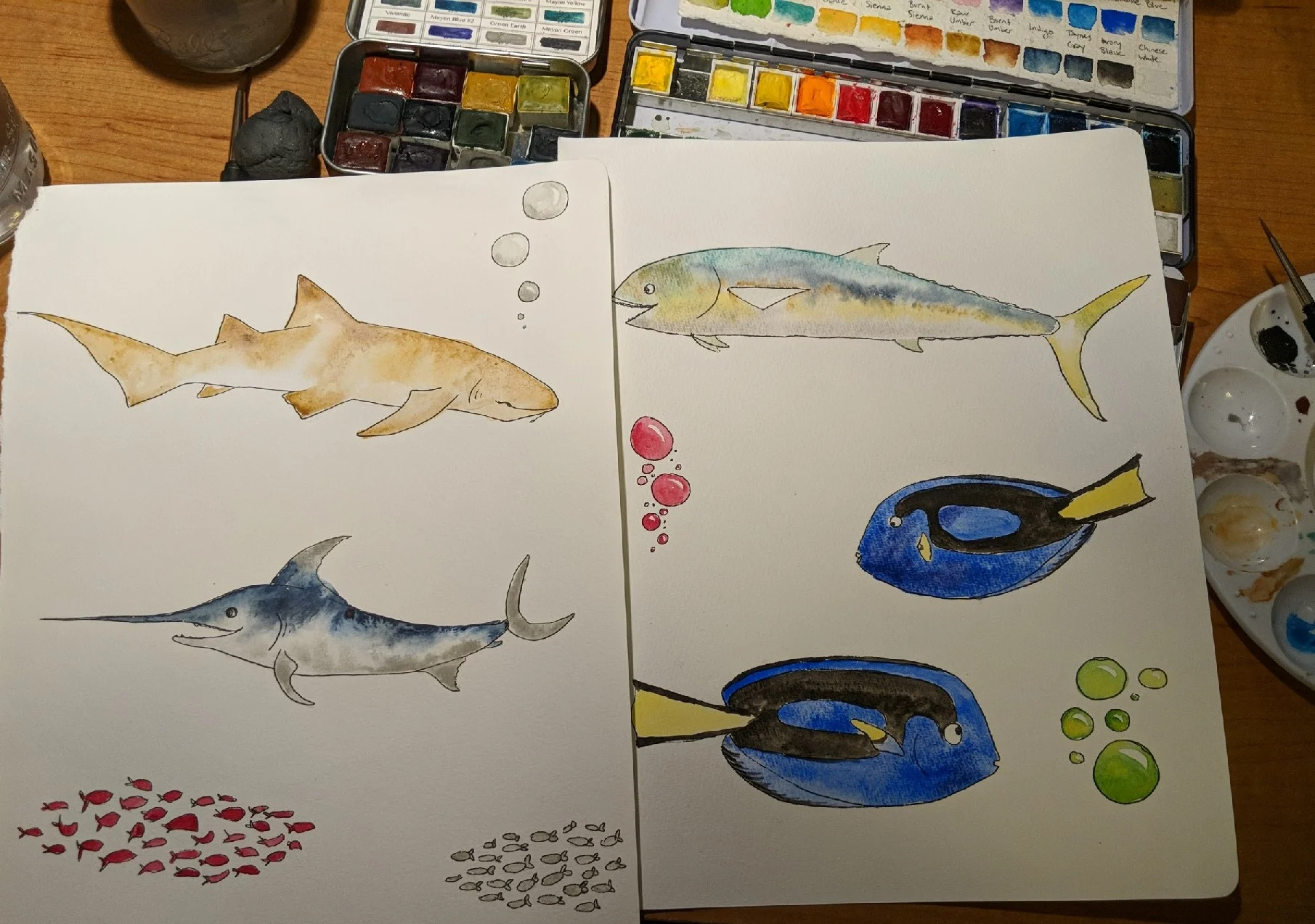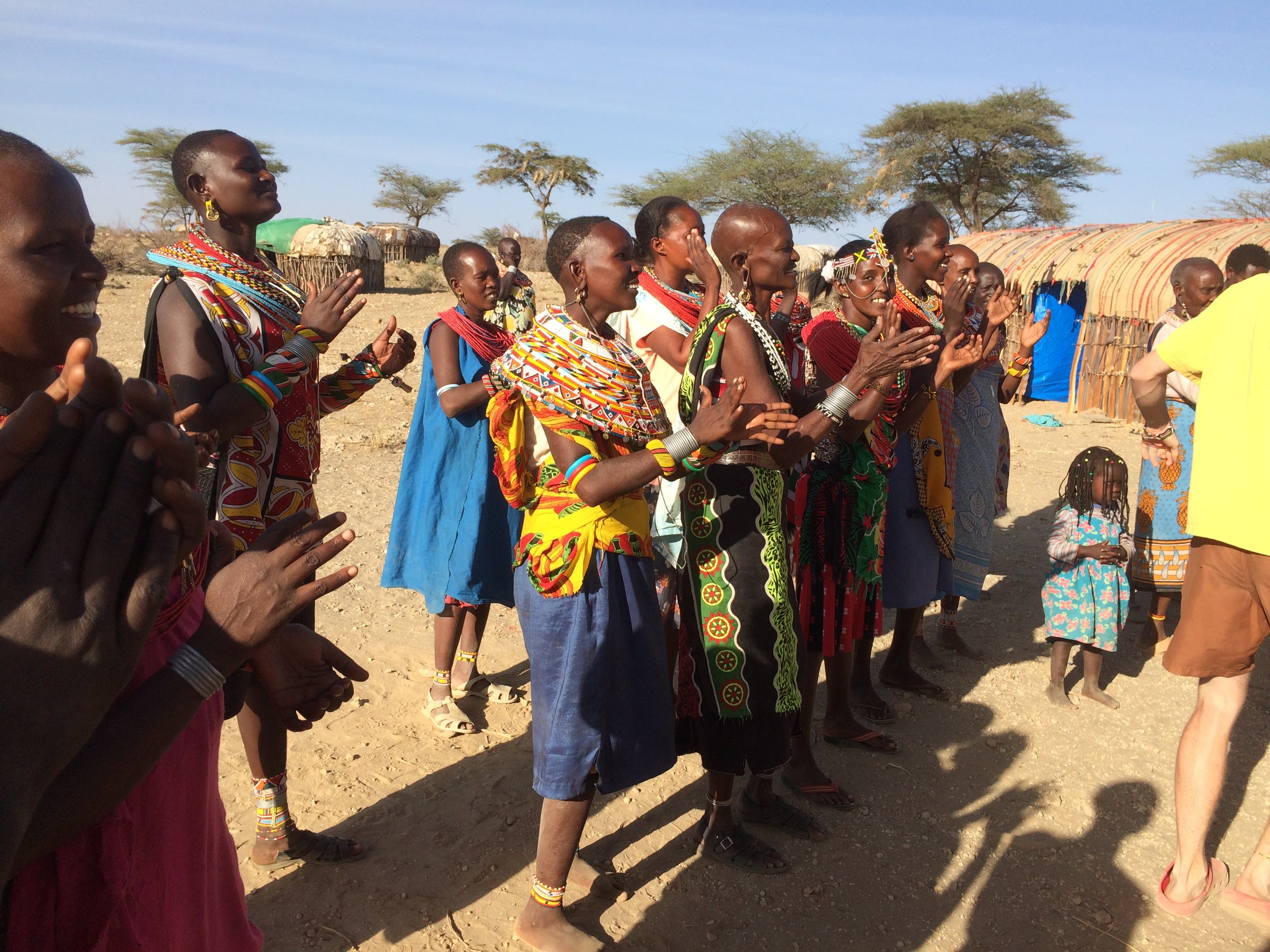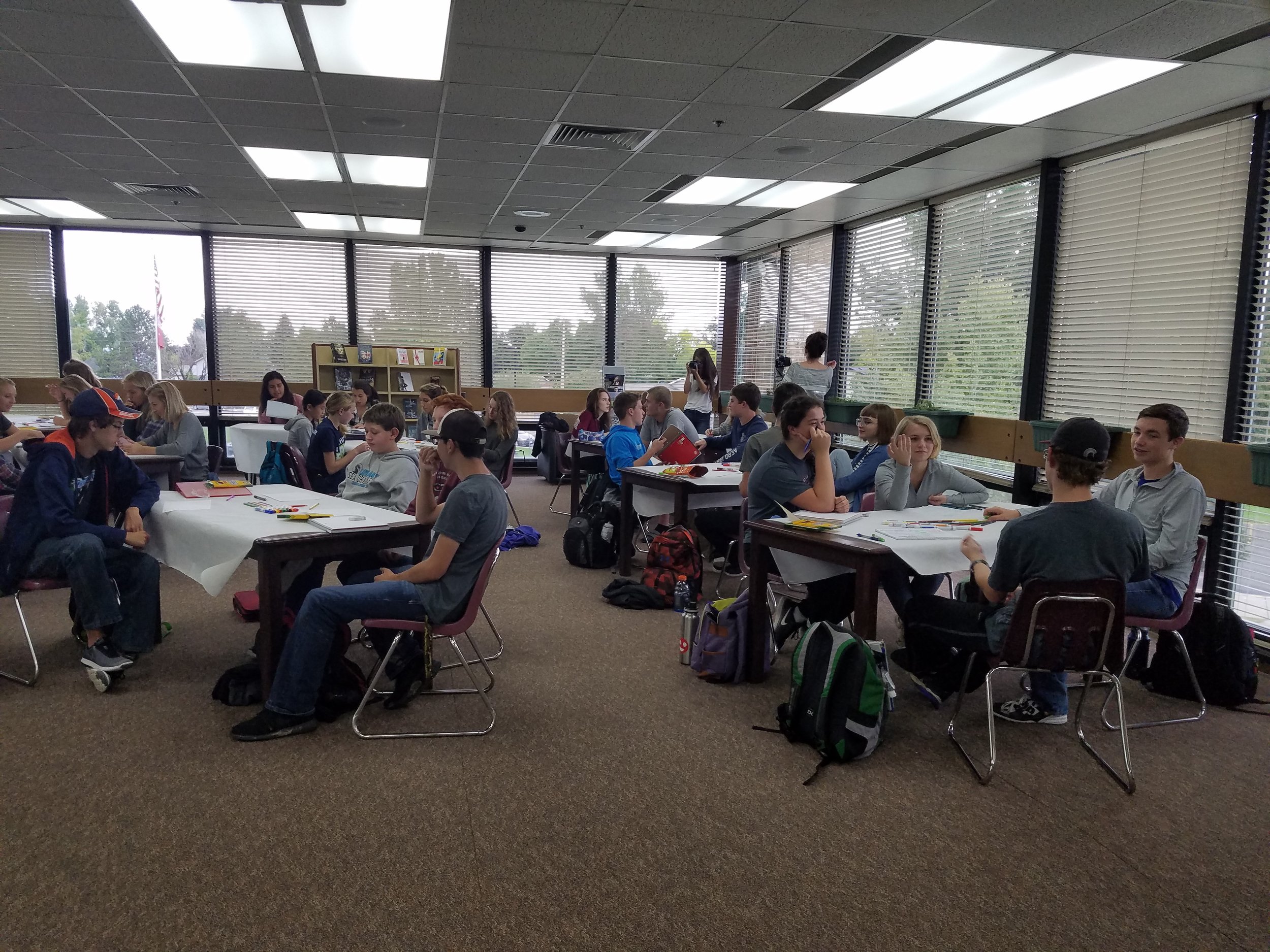Whether it’s national politics or internal to your organization, we all hear stories about polarized viewpoints, and the challenge of working across silos.
At the same time, we know that diversity is not only healthy, but also builds resilience when things don’t go as planned.
So how do you harness the inherent tension that bringing diverse perspectives, and potentially combative ones, together to build a strong, shared path forward?
Here are four suggestions for finding common ground from my experience as a graphic facilitator:
- Create space for context setting and relationship building. Often overlooked or dismissed as “wasting time”, building in time at the beginning of the event, as well as throughout, to clearly outline the “why” of the meeting and for participants to get to know one another allows for more ease when conversations get difficult.
- Put more time than you think into developing questions to surface shared values, such as “What is important about the work we do?” can provide a window into the group. Having a few open-ended questions like “What should we do about __________?” provide space for participants to surface concerns or solutions the planning team might have missed, but are integral to moving forward successfully.
- Build in less structured time. This is another piece that often feels like a “waste” of time, but is vitally important to cultivating trust and creativity. This is especially true if much of the agenda will be presentations or panels – you’ve invested in bringing all these important people together to work toward a goal, now give them the freedom to use those brains and hearts to do the work!
- Draw it out with the intent of surfacing shared ground. Graphic facilitation or recording is a tool to leverage to literally show the group where they’re in agreement. Partnering with a graphic facilitator who can work with you to listen and capture through a particular “lens” to help surface shared values or tensions helps the group keep track of complex, moving parts to build a shared picture of what’s important.
Have you been looking for common ground on an issue? Click that button to explore how we can leverage visual tools for lasting success.
Once again, thank you from my heart and soul for your support, great senses of humor, brilliant minds, collaboration and what you're each doing to make the world a better place.
Cheers,
Where in the World is ConverSketch?
The Colorado Front Range: Working with a public health team and their partners as they evaluate an assessment to use the data to support the community, and hospital managers to think more deeply about building trust in their teams.
In the Studio: Painting up another explainer video for the US Forest Service’s Rocky Mountain Research Station (RMRS). This video will be available in October, but for now, here’s another look at a video created for the RMRS last year.





















